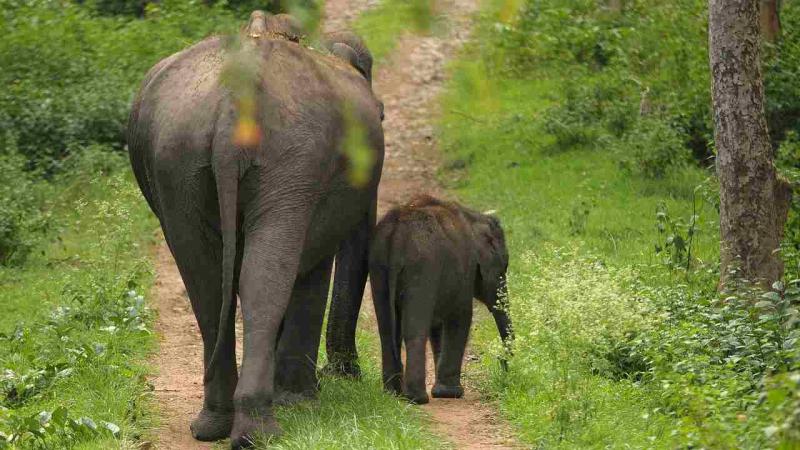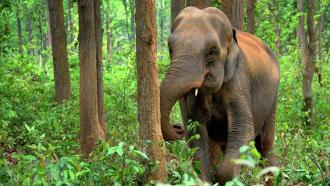
While personality traits in humans is a hot topic of discussion, exploring that of animals is gaining traction as personalities provide clues to their fitness. As the life histories of male and females of a species are different, they face different kinds of pressures, shaping their personalities. Hence, concluding anything from studying just one sex may be incorrect.
A recent study, led by researchers from the University of Turku, Finland, has described some interesting differences in the personalities of male and female Asian elephants. Males and females differ in their foraging behaviour, physical appearance and development, and hence, these factors could lead to the shaping of different personalities. The results of the current study are published in the journal Scientific Reports.
Asian elephants, the largest terrestrial mammal in Asia, is distributed throughout the Indian subcontinent and Southeast Asia. India harbours approximately half of the 50,000 Asian elephants, which are threatened due to habitat loss. Besides those in the wild, some elephants are trained to work under human instruction.
In the current study, the researchers studied 150 female and 107 male elephants from a captive population in Myanmar and rated their behaviour with the help of experienced elephant riders (mahouts). These elephants are used in the timber industry for pulling logs from one place to another. The researchers mention that the life histories of these elephants resemble their wild counterparts as these elephants roam freely in nearby forests at night.
A previous study on Asian elephants showed that they have three dominant personality traits—attentiveness, sociability, and aggressiveness. These traits are present in both sexes. The present study proves that there are differences in how strongly each personality trait is expressed in both sexes.
The researchers observed that male elephants are comparatively more aggressive than females. “Higher aggression has a crucial impact in maximising reproductive success in male elephants as older, larger and more aggressive males are more successful in mate guarding than less aggressive males”, explain the researchers about the potential advantage of this behaviour. Male elephants also scored low on sociability and they prefer to live alone or in loose male groups. Female elephants, on the other hand, are more affectionate and social, preferring small, strongly bonded family units.
The researchers found that attentiveness, which includes being attentive, obedient, vigilant and responding to instructions from the mahouts, is uniform across males and females. “Since both sexes work and live under similar conditions and similar work regulations apply to them, it is not surprising that those behaviours are not significantly influenced by sex”, they explain about the potential reason behind this.
Although the study uncovered some significant differences in the personalities of semi-captive male and female elephants, the researchers suggest that this may not be entirely valid for wild populations. Besides, the personality of mahouts, who rated their elephant’s, could have created a bias in the rating, they say. Since age could play an active role in shaping the personality of the elephants, the researchers want to explore this in the near future.
Apart from primates, little is known about personality differences between sexes in long-lived highly social mammals like elephants. Most such studies are limited to species with a short lifespan. The current study contributes to this body of knowledge.
“Our results on a large sample of individuals living in their natural environment are in agreement with elephant life-histories and parallel the findings of sex differences in other long-lived highly social species with similar life-histories”, conclude the researchers.






